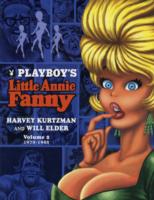- ホーム
- > 洋書
- > 英文書
- > History / World
基本説明
New in paperback. Hardcover was published in 2009.
Full Description
In the Nazi genocide of European Jews, words preceded, accompanied, and made mass murder possible. Using a multilayered approach to connect official language to everyday life, historian Thomas Pegelow Kaplan analyzes the role of language in genocide. This study seeks to comprehend how the perpetrators constructed difference, race, and their perceived enemies; how Nazi agencies communicated to the public through the nation's press; and how Germans of Jewish ancestry received, contested, and struggled for survival and self against remarkable odds. The Language of Nazi Genocide covers the historical periods of the late Weimar Republic, the Nazi regime, and early postwar Germany. However, by addressing the architecture of conceptual separation between groups and the means by which social aggression is disseminated, this study offers a model for comparative studies of linguistic violence, hate speech, and genocide in the modern world.
Contents
Introduction; 1. 'We are all Germans; why then ask for religion ...': cultural identity, language, and Weimar pluralism, 1928-32; 2. Towards the 'racial and social boundaries between Germans and Jews are to be strictly drawn ...': dictatorship building and the process of Nazifying language, 1933; 3. Towards the eradication of the 'impossible, untenable category of 'German Jews'': enforcing and contesting racial difference, 1935-8; 4. 'The Jewess' attempted to 'state a case on her decent': linguistic violence as part of genocide, 1941-5; 5. 'We are not bad Jews, because we believe we are good and true Germans ...': another beginning and persisting difference, 1945-8; Conclusion; Appendix.







